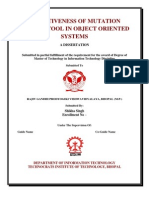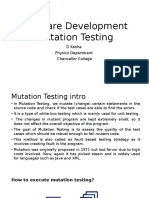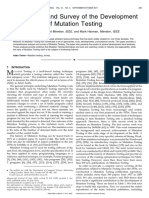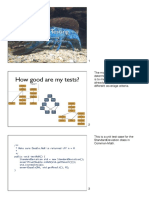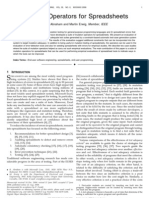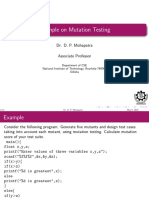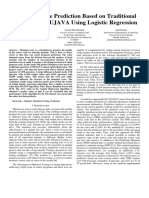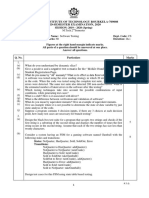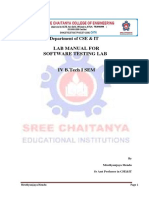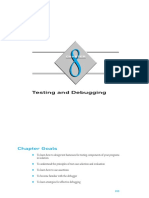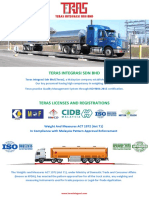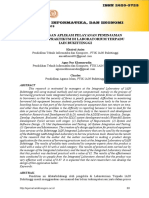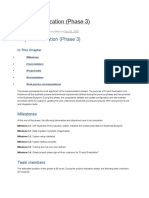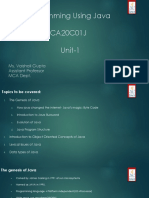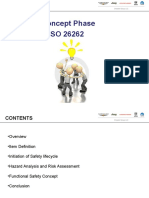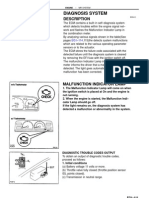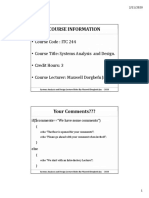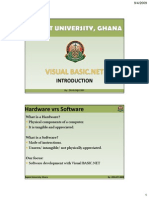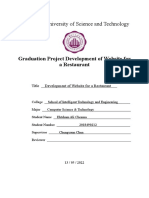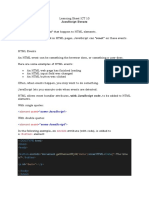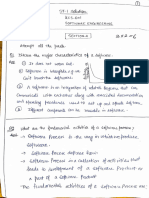0% found this document useful (0 votes)
119 views22 pagesMutation Testing
The document discusses mutation testing, which involves making small changes to a program to generate mutant versions, in order to assess whether a test suite can detect the changes. It describes how mutants are generated by applying mutation operators, such as changing logical or relational operators. A mutation score is calculated based on the percentage of mutants detected, or "killed", by the test suite. Lower mutation scores indicate the test suite may not be effective at finding errors. Additional test cases can be added to kill remaining live mutants and improve the score.
Uploaded by
KaranCopyright
© © All Rights Reserved
We take content rights seriously. If you suspect this is your content, claim it here.
Available Formats
Download as PPT, PDF, TXT or read online on Scribd
0% found this document useful (0 votes)
119 views22 pagesMutation Testing
The document discusses mutation testing, which involves making small changes to a program to generate mutant versions, in order to assess whether a test suite can detect the changes. It describes how mutants are generated by applying mutation operators, such as changing logical or relational operators. A mutation score is calculated based on the percentage of mutants detected, or "killed", by the test suite. Lower mutation scores indicate the test suite may not be effective at finding errors. Additional test cases can be added to kill remaining live mutants and improve the score.
Uploaded by
KaranCopyright
© © All Rights Reserved
We take content rights seriously. If you suspect this is your content, claim it here.
Available Formats
Download as PPT, PDF, TXT or read online on Scribd
/ 22




